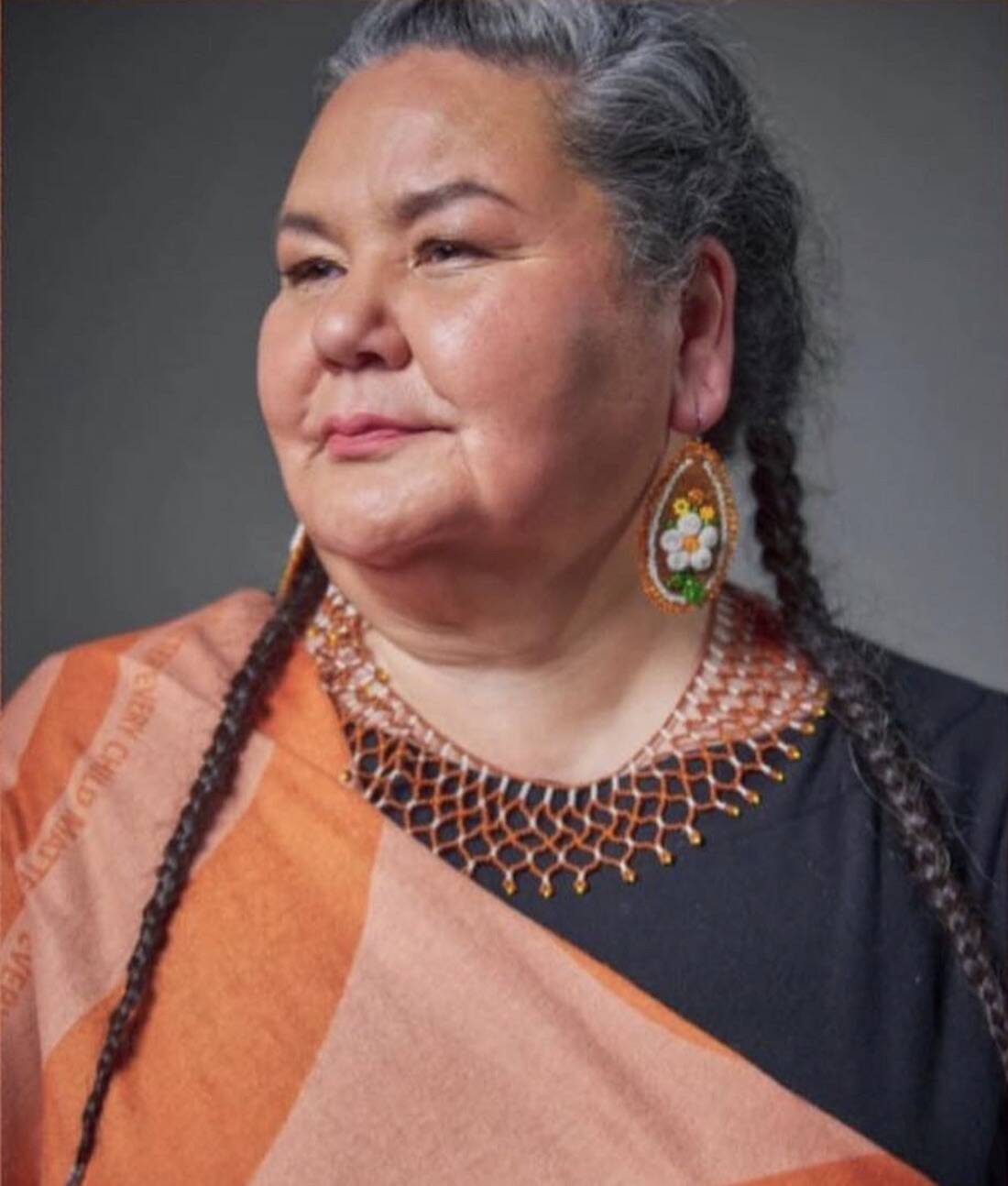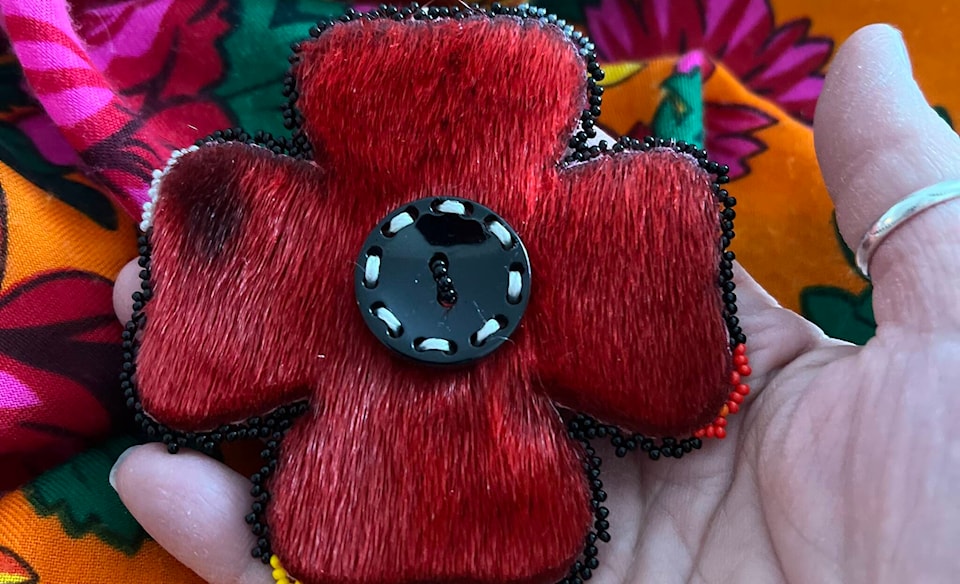The Juno Beach Centre (JBC) in Normandy, France, which commemorates Canada’s contribution in the Second World War, is currently in the midst of a $1.25 million renewal of its Faces of Canada Today permanent exhibition space.
When renovations conclude, the space will feature a new art installation featuring poppies created by three Indigenous Canadian artists, including respected Inuvialuk artist Inuk.
“It’s kind of surreal, and it’s kind of epic, and it’s kind of humbling, and I’m also honoured to have been asked,” Inuk said from her home in Yellowknife, one day after plans for the new art installation were unveiled. “There’s still lots of emotions coming.”

The new art installation will be open in time for the 80th anniversary of D-Day on June 6, 2024. It will depict a poppy, made of 3,000 smaller poppies, including those made by Inuk.
She was contacted about the project on social media, and had many questions about the details, but ultimately accepted the offer after imagining how Canada’s Indigenous veterans would feel to see the new installation.
“[JBC] really loved what I stand for, like MMIW (Missing and Murdered Indigenous Women), and bringing attention to Orange Shirt Day, and Indian and residential schools, domestic health and mental health,” she said. “I really had to think about it because it’s not something to take lightly, but I couldn’t help but say yes.”
Inuk was joined on the project by Marissa Magneson of the Métis Nation of Ontario, and Crystal Gloade, a Mi’kmaq artist from Millbrook First Nation in Nova Scotia.
All three artists were allowed to choose their preferred medium for the project. Magneson worked with beads while Gloade chose to work with birch bark and porcupine quills.
Inuk selected sealskin, which she dyed red and combined with leather and buttons to make her poppies.
She has been working with sealskin and similar animal products since she was a child.
“This runs in my family for generations,” she said. “I was born as a caribou hair tufter.”
When asked what’s next for her art career, Inuk said she expects the same question from her parents in Hay River, but is content to focus on the current moment before she starts thinking about her next project.
“If you’re a true artist, you always have a poker in the fire,” she said. “For now I’m going to enjoy this. What a great honour that they unveiled [the poppies] on Indigenous Veterans Day.”
Inuk wasn’t aware that her poppies would be revealed on Indigenous Veterans Day, but said that made the whole experience “extra special.”
“I’ve been blessed to travel around the world to many different places, and I know that Canada isn’t a perfect place, but it is our country, and we have to reconcile,” she said when asked about the significance of the day. “We need to reconcile with our past, but also learn and remember not only everybody that lost their lives, but our Inuit and Indigenous people that also served.”
“I have one foot in the old world and one foot in the new world. As I get older, it’s all about learning and growing and reconciliation.”
